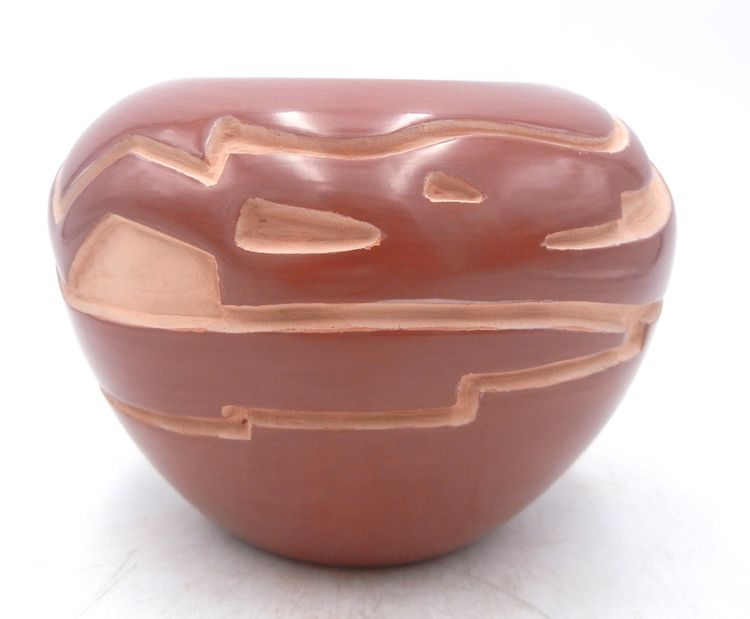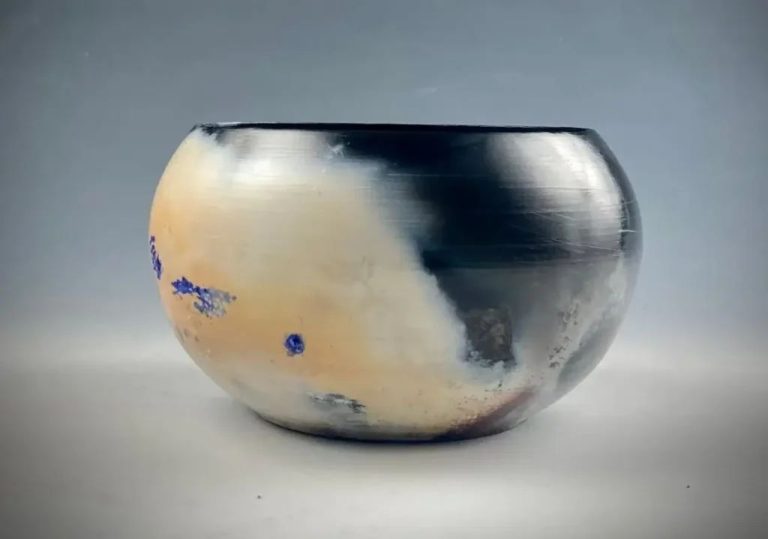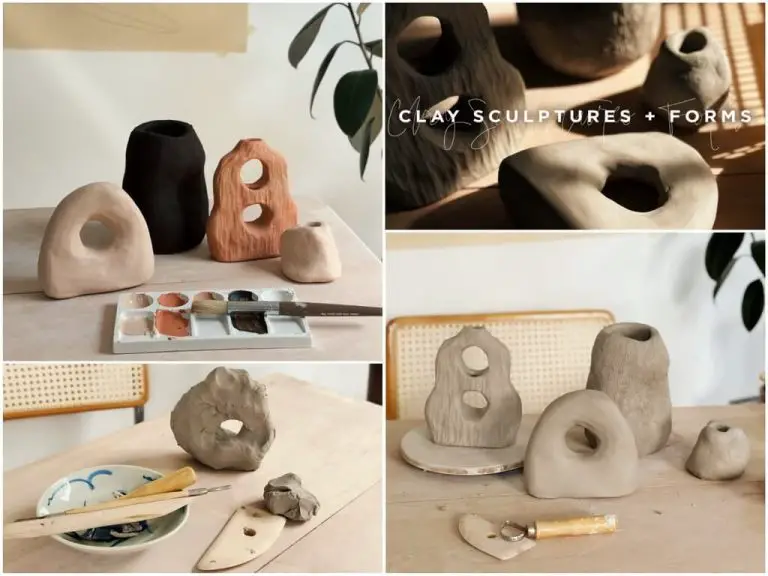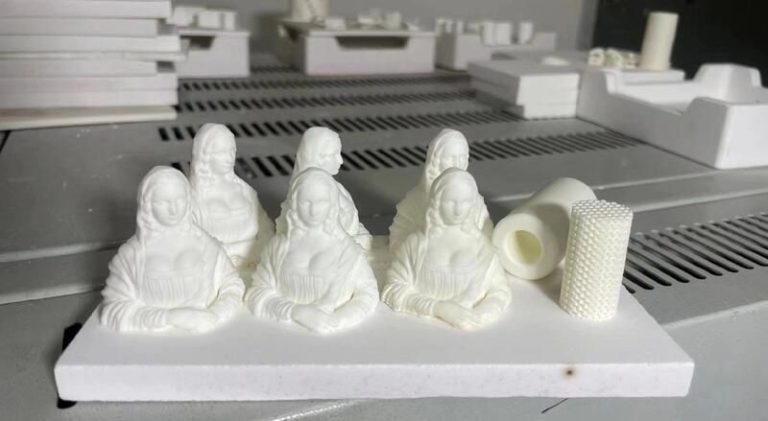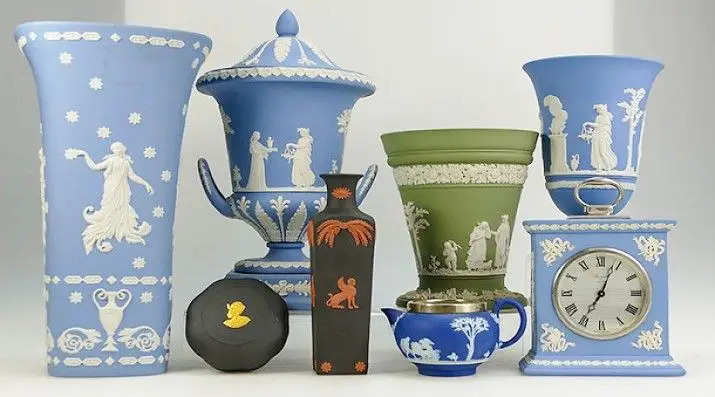Is Polish Pottery Oven Safe?
What is Polish Pottery?
Polish pottery, also known as Bolesławiec pottery, originated in the town of Bolesławiec, Poland in the early 1800s. It is a type of stoneware known for its hand-painted folk art patterns and designs. The pottery is made from locally sourced clays and fired at extremely high temperatures, making it safe for cooking and baking.
Polish pottery utilizes traditional motifs and styles inspired by the Polish countryside. Common patterns include flowers, leaves, animals, and geometric designs applied with great precision. The potters use metal oxide pigments to create vibrant colors like cobalt blue, mustard yellow, and rusty orange. Distressed crackle finishes are also characteristic of antique-inspired Polish pottery.
Unlike mass-produced ceramic cookware, each piece of Polish pottery is handmade and hand-painted by artisans. The designs vary, meaning no two pieces are exactly alike. This makes Polish pottery highly collectible. While it has a rustic, Old World look, Polish pottery is durable enough for everyday cooking. It’s safe to use in the oven, microwave, dishwasher and freezer.
Is Polish Pottery Oven Safe?
Yes, Polish pottery is generally considered oven safe. This type of pottery is made from natural clay and minerals that are fired at extremely high temperatures up to 2,246°F, resulting in a strong, non-porous stoneware that can withstand high heat (The Pottery Wheel).
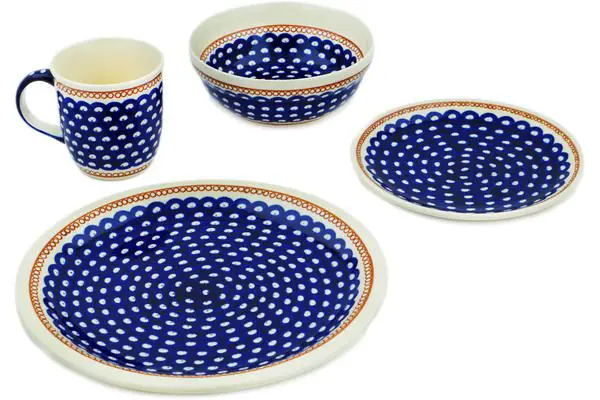
Most sources agree that Polish pottery bakeware can safely be used in ovens up to around 480°F. According to Polish Pottery House, the oven-safe temperature range is typically between 170°F on the low end up to 480°F maximum (https://www.polishpotteryhouse.com/pages/information-care-history).
To avoid potential damage when baking with Polish pottery, here are some tips (Home of Polish Pottery):
- Allow the bakeware to heat gradually – place it in a cold oven and preheat, don’t add it to an already hot oven.
- Avoid sudden temperature changes – don’t add cold liquids to hot bakeware.
- Don’t expose to broiler temperatures above 480°F.
- Allow pans to cool gradually before washing.
Following these precautions will help preserve your Polish pottery and allow it to be safely used for baking and roasting.
Advantages of Using Polish Pottery in Oven
Polish pottery is an excellent choice for baking and oven use thanks to some key advantages:
Even heating – Polish pottery is designed to distribute heat evenly, preventing hot or cold spots. The clay composition and handmade design ensures thorough bake through and evenly cooked food (https://thepotterywheel.com/is-polish-pottery-oven-safe/).
Naturally nonstick – Polish pottery develops a natural patina over time that makes it nonstick. Food releases easily from the glazed surface without needing grease or oil. This makes cleanup much easier as well (https://www.polishpotteryhouse.com/pages/information-care-history).
Retains heat well – The thermal properties of the clay allow Polish pottery to retain heat effectively. Hot food stays warmer longer once removed from the oven. This helps keep meals at ideal serving temperatures (https://homeofpolishpottery.com/pages/faqs).
Disadvantages of Using Polish Pottery in Oven
While Polish pottery is generally durable and oven-safe, there are some potential downsides to baking with it compared to other types of bakeware:
Polish pottery tends to be heavier and thicker than ceramic or glass dishes. The weight can make the bakeware more difficult to handle, especially when removing it from the hot oven. The thicker walls retain heat well, but this also means it may take longer to preheat the dish before baking (https://polishpotteryonline.com/pages/about-polish-pottery).
Due to the lead-free glaze that gives Polish pottery its distinctive look, it is not recommended to use this type of bakeware under the broiler. The extremely high direct heat can cause cracking or crazing in the glaze over time. It’s best to avoid putting Polish pottery dishes directly under the broiler element (https://thepotterywheel.com/is-polish-pottery-oven-safe/).
While Polish pottery is durable, any rapid temperature changes can potentially damage it. Letting a hot vessel cool gradually is better than exposing it to a sudden temperature shock.
Tips for Baking with Polish Pottery
When baking with Polish pottery, it’s important to follow a few tips to prevent cracking or crazing:
Preheat the oven fully before baking. Polish pottery should only be placed in a fully preheated oven to prevent thermal shock. According to The Pottery Wheel, “You need to make sure that the oven and the pottery are at the same temperature before you put your pottery in the oven.”1
Allow Polish pottery to cool down gradually after baking. Do not place hot pottery on cold surfaces like countertops or in the refrigerator. The rapid temperature change can cause cracks. Let the pottery cool down on a hot pad or trivet before handling.
Use hot pads when removing Polish pottery from the oven. The dense stoneware retains heat well, so always handle it with care right out of the oven. Using a hot pad or glove will protect your hands.
Common Baking Pieces
Some of the most popular baking dishes made from Polish pottery include:
Casserole Dishes
Casserole dishes come in various sizes like small, medium, and large (CeramikaArtystyczna). They have high walls to hold ingredients and sauces. The glazed interior allows even cooking and easy cleanup. Some pros are even heating and attractive designs. Cons are heavier weight and not recommended for direct flame.
Pie Dishes
Pie dishes are shallow, round pans perfect for baking pies with flaky crusts (ANDY Polish Pottery). They promote even browning on the bottom crust. Pros are beautiful hand-painted designs and even heating. Cons are not ideal for pies with runny fillings.
Quiche Pans
Quiche pans are shallower than pie dishes with fluted edges. The fluted edges give quiches a decorative look. Pros are even browning and attractive presentation. Cons are less suited for traditional fruit pies.
Baking Sheets
Baking sheets are rectangular pans with small lips on the short sides. They provide maximum surface area for baking cookies or rolls (Polish Pottery Market). Pros are great for batch baking and allow air circulation. Cons are less suitable for foods requiring deeper edges.
Caring for Polish Pottery Bakeware
Polish pottery is a durable material, but it still requires some special care, especially for bakeware pieces used in the oven. Handwashing is generally recommended for maintaining Polish pottery (Information & Care of Polish Pottery). The porous nature of the clay can result in food stains over time with regular use. Gentle handwashing allows you to monitor any problem spots and treat them promptly.
Avoid using abrasive scrubbers or cleaners when washing Polish pottery as they can damage the finish. A soft sponge and mild detergent is best for day-to-day cleaning. For stubborn stains, create a paste with baking soda and water and apply to the stain, allowing it to sit for a few minutes before scrubbing and rinsing (Caring for your Polish Pottery).
Do not soak Polish pottery, even if very stained. Prolonged soaking can damage the pottery over time. Spot clean problem areas and wash promptly after use for best results.
Signs of Damage
Using Polish pottery in the oven extensively can lead to some signs of damage over time. Here are some key things to look out for:
Cracks – Cracks can start to form in Polish pottery bakeware used frequently in the oven, especially if there are sudden temperature changes. For example, putting a hot dish straight from the oven onto a cold counter can lead to thermal shock and cracks. According to PolishPotteryOutlet.com, cracks typically signify the pottery has been compromised and should be retired from oven use.
Discoloration – The vibrant colors of Polish pottery can become dulled or faded with extensive high heat oven use over time. If you notice the colors looking noticeably duller in certain areas, this likely indicates some minor damage from oven use. However, minor discoloration may not mean the bakeware is fully compromised.
Crazing – Tiny spiderweb-like cracks called crazing can start to appear on Polish pottery with repeated oven use. According to PolishPotteryStore.com[1], crazing occurs when the clay expands and contracts at different rates, and may precede larger cracks. Mild crazing may not affect function, but monitor it carefully.
Overall, inspect Polish pottery bakeware regularly for any cracks, discoloration or crazing. At the first signs of damage, consider retiring the piece from oven duty before the issues worsen.
Is Polish Pottery Microwave Safe?
Yes, Polish pottery is generally considered safe for use in the microwave according to most manufacturers (https://www.polishpotteryhouse.com/pages/information-care-history). The ceramic material and glazes used are designed to be non-reactive and withstand high temperatures.
There are a few precautions to take when microwaving Polish pottery:
- Avoid severe temperature changes – don’t take a piece from the freezer and immediately microwave it. Allow it to adjust to room temperature first.
- Don’t microwave empty or unglazed pieces – the lack of food or glaze may cause overheating.
- Remove any metal or foil accessories before microwaving, like knobs or handles.
- Heat food gradually to prevent cracking – start at lower power and time settings first.
With proper care, Polish pottery can be safely used in the microwave to reheat foods and beverages.
Summary
Yes, Polish pottery is oven safe up to very high temperatures, typically around 450°F. This makes it an excellent choice for baking casseroles, roasting meats and vegetables, making pizzas, and more. There are just a few tips to follow. Allow pots to heat gradually along with the oven to prevent cracking from sudden temperature changes. Avoid putting cold liquids into hot bakeware to prevent thermal shock. And don’t place empty Polish pottery dishes directly on oven heating elements. With proper care, Polish pottery can be safely used for all kinds of delicious baked dishes.
Polish pottery is a versatile and durable option for bakeware. The lead-free glazes are oven, microwave, and dishwasher safe. The clay holds heat well for even cooking results. Polish pottery comes in many sizes and shapes perfect for baking everything from bread to brownies. With its decorative patterns and artisanal style, Polish pottery brings an old world charm to the kitchen. For those who enjoy baking tasty dishes and serving them with flair, Polish pottery makes an excellent and safe choice.

